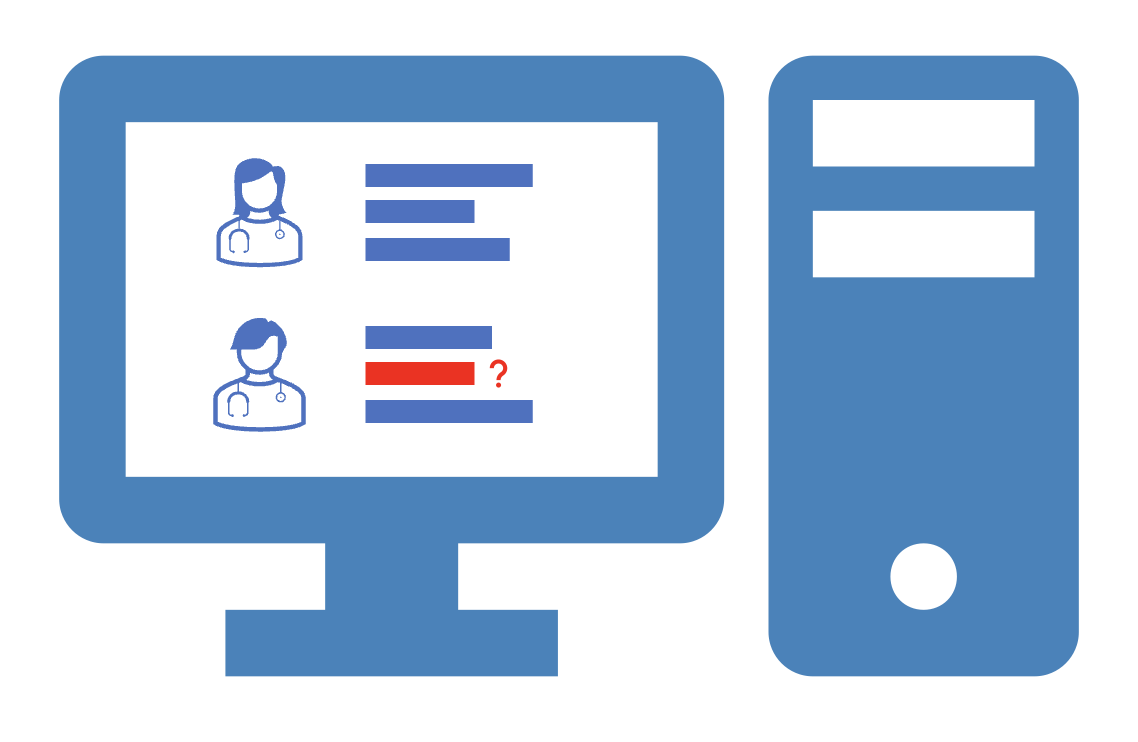Modernizing Provider Data Management
By: Kevin Narine and Christopher Sanfilippo, Forum Systems
A Familiar Experience: The Members’ Perspective
You need to see a doctor. The first place you look is probably your health plan’s website. You find a doctor and call their office. Apparently, they are not taking new patients. Or they do not accept your insurance, even though you found them through your plan’s website. Or the doctor you found no longer practices at the location you called. You begin to lose trust in any information you find on your plan’s website. Frustrated, you continue your search.
Scenarios like the above are all too common. Why is it so hard for health plans and doctors to provide accurate and consistent data to potential patients?
The answer is surprisingly complicated. Within the industry, this process—how the doctors get their information to a health plan and how a plan then gets it to us, the members—is known as Provider Data Management (PDM). It requires a well-choreographed flow of data between payers and providers, but, as is often the case with healthcare, it is hindered by legacy backend systems and misaligned incentives. Let’s take a further look.
Providers’ Perspective
Healthcare providers must send updated information to the plans (sometimes called payers) they contract with—e.g., addresses, phone numbers, current physicians at a practice, whether they are accepting new patients, and so on. While this seems easy, it is difficult to do well at scale. A typical provider has to keep records current with twenty health plans. Some plans request the information by email, some will have an online portal, others will only accept faxes. The Council for Affordable Quality Healthcare estimates that merely sending and verifying this information costs an average provider about $1,000 per month. Or, extrapolating nationwide, provider directory management costs providers about $2.76 billion per year.
And providers are not always incentivized to submit accurate data. For example, because payers may approve a claim only if the physician is listed at the location where the service was performed, a provider network may simply list all their physicians at all their locations. Doing so may avoid inaccurately denied claims, but it contributes to inaccurate provider directories.
Payers’ Perspective
There are difficulties on the payer side as well. Payers receive information from providers through various means. And they have to deal with internal data silos and legacy systems that are difficult to cross-reference. Rarely will a payer have a single source of truth for provider data because of the complex web of systems that have been built over time.
This complexity results in the stunning fact that more than half of provider data records have at least one inaccuracy in them, according to an AMA study.
There has only been one study since the No Surprises Act went into effect in January 2022. It found directories are still inaccurate. In the worst case—looking at a single physician’s address and specialty across five directories—only one in thirteen records was consistent.
These inaccuracies may be trivial, say, if a suite number is wrong. But they may be costly as well: if a certain doctor is listed as in-network but is actually out of network, then (until the No Surprises Act) the patient would incur thousands in avoidable costs.
With about 20% of providers changing their contact information and 30% changing their affiliations every year, managing provider data is challenging. But having accurate provider data remains essential to value-based care, especially because it builds trust: patients want to be certain that if they find a doctor on their health plan’s website, that doctor will actually be in-network.
A Modern PDM Paradigm
Payers are now required by law to keep an up-to-date database of all in-network providers. They can face fines if their members go to out-of-network providers because of inaccurate information. Providers must also manage new regulations on the frequency with which they send and verify information.
So what does a modern provider data management system look like? On one hand, regulations are compelling all organizations within the healthcare ecosystem to take on new responsibilities. Payers must update their directories in a timely fashion when they receive updates from their providers. In certain cases, they are forced to purge records that are too old or cannot be verified. They are also now urged to leverage national, centralized directories, such as those provided by LexisNexis and CAQH.
But, like many aspects of healthcare, new technologies can optimize legacy systems, unburdening healthcare staff and enabling them to focus on patient health. Artificial intelligence can automatically detect whether a provider record is incomplete or likely to be incorrect. Instead of staff spending hours poring over records, a powerful AI engine can target data that needs to be reviewed by a human and even suggest corrections. A modern operation would connect its provider data management with its credentialing and billing systems so that information could flow freely within the organization.
Inaccurate provider data epitomizes what is wrong with healthcare but also is a perfect test case for new paradigms in interoperability and efficiency.
Recommendations
Forum Systems encourages all organizations within the healthcare ecosystem to:
- Review your current PDM system and workflows in order to identify pain points.
- Consider adopting a Master Data Management system, which collects provider data from multiple sources to establish a “golden record.”
- Engage healthcare experts, like Forum Systems, to advise on how to integrate capabilities that improve your provider data management.
About Forum Systems
Forum Systems is a leader in intelligent API gateway technology, deep data analytics, and cloud technologies. Forum technology, used by some of the largest global companies for building intelligent business workflows, is certified and secure. Along with industry-leading performance, interoperability, and security, Forum Systems takes pride in their customer-driven innovation and simplified user experience.
